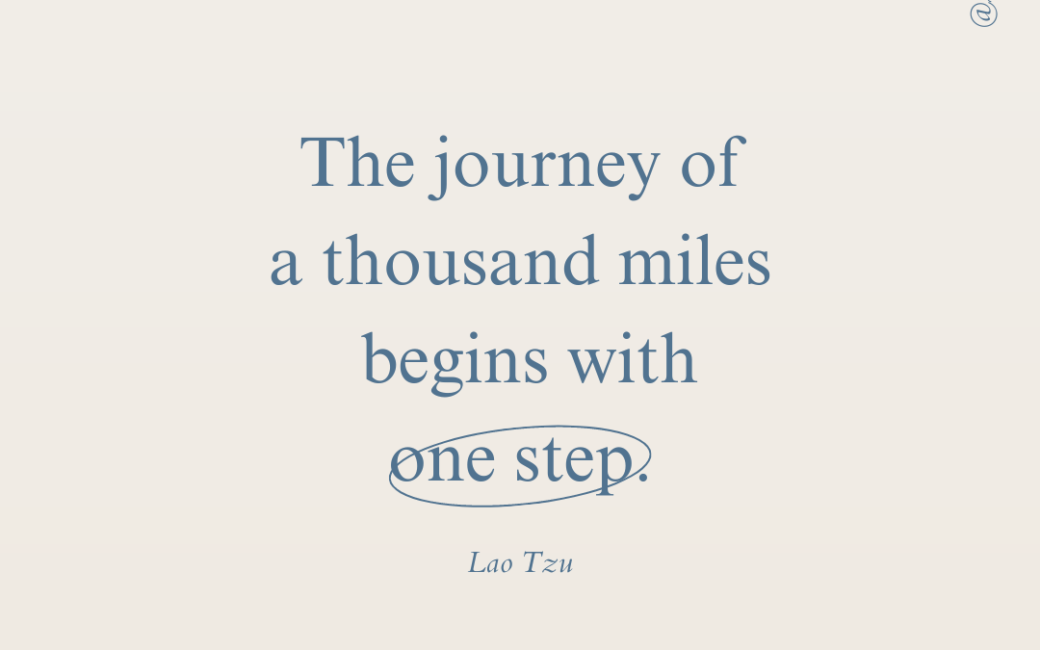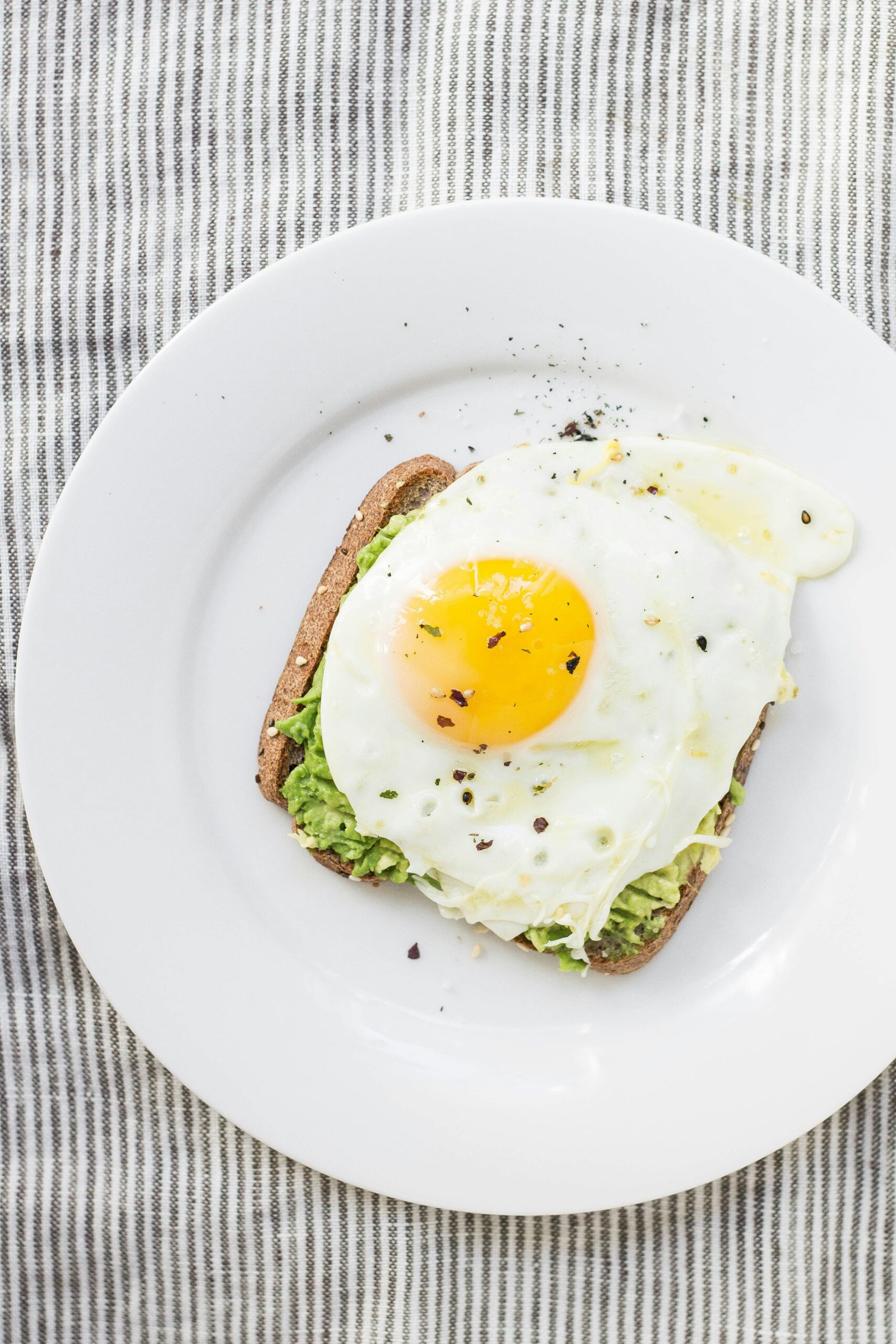Week 22
Time for Some Self Reflection
Self-reflection and self-evaluation are powerful tools for personal growth and development. It allows us to identify areas where we’re excelling and areas where we may need to make adjustments.
Self-reflection or introspection is when we spend time thinking about ourselves, what we do, how we think and how we feel.
Self-evaluation is the process of analyzing the issues that arise during self-reflection and drawing conclusions, before deciding what actions to take.
Take a moment to consider:
1. **Nutrition**: Are you fueling your body with nourishing foods that provide you with the energy and nutrients you need to thrive?
3. **Physical Activity**: Are you incorporating movement into your daily routines, whether it’s through regular structured exercise, stretching breaks, or simply taking the stairs instead of the elevator?
5. **Sleep**: Are you prioritizing quality sleep and creating a bedtime routine that allows you to rest and recharge?
2. **Stress Management**: How are you coping with stress? Are you taking time for relaxation, mindfulness, or activities that bring you joy and peace?
4. **Personal Growth**: Are you setting aside time for self-care, hobbies, and learning opportunities that enrich your life and nurture your well-being?
Take a few moments to reflect on these and any other aspects of your life and consider any changes or adjustments you’d like to make to support your overall health and happiness.
Remember, small steps can lead to significant transformations over time.





